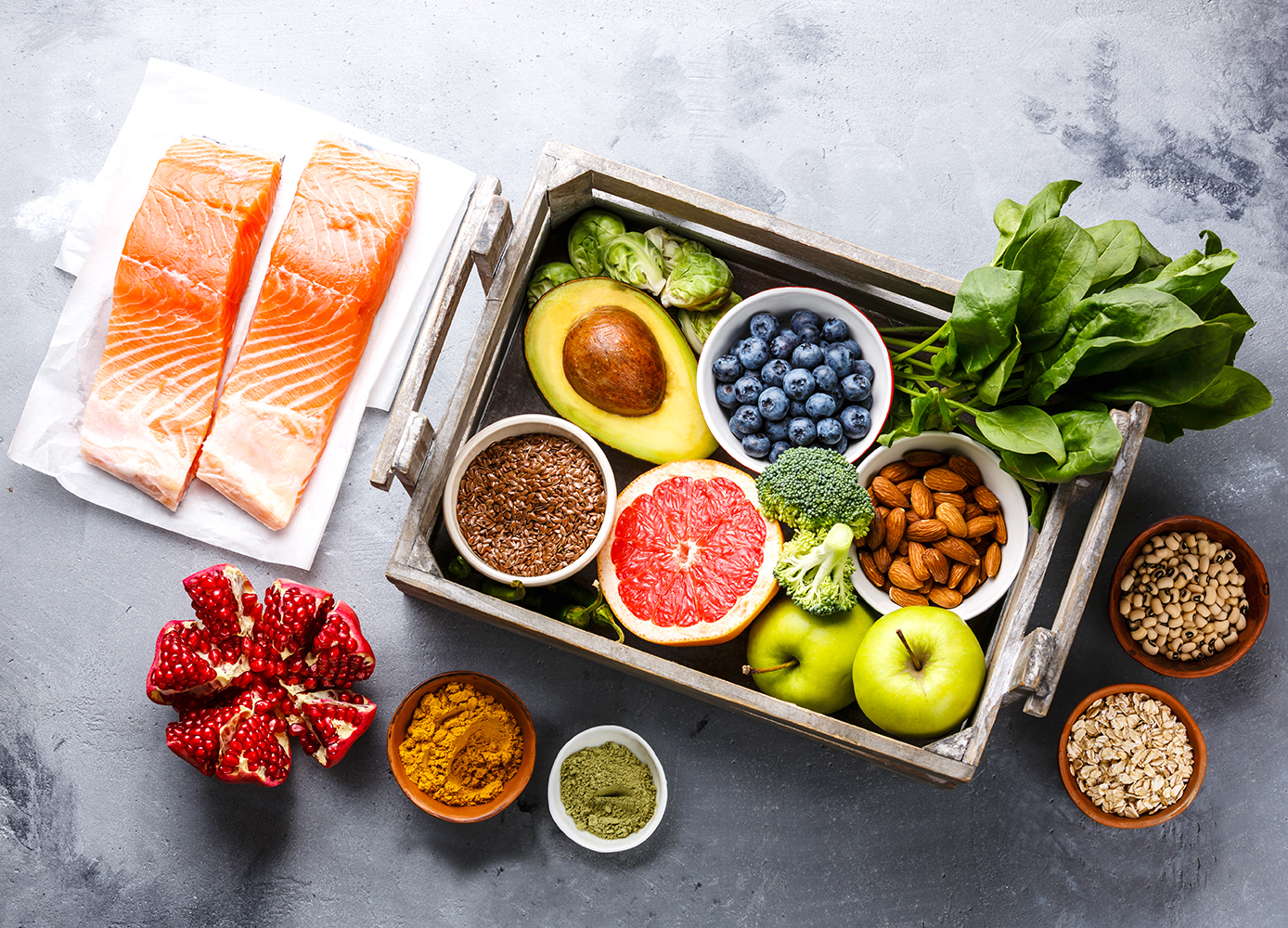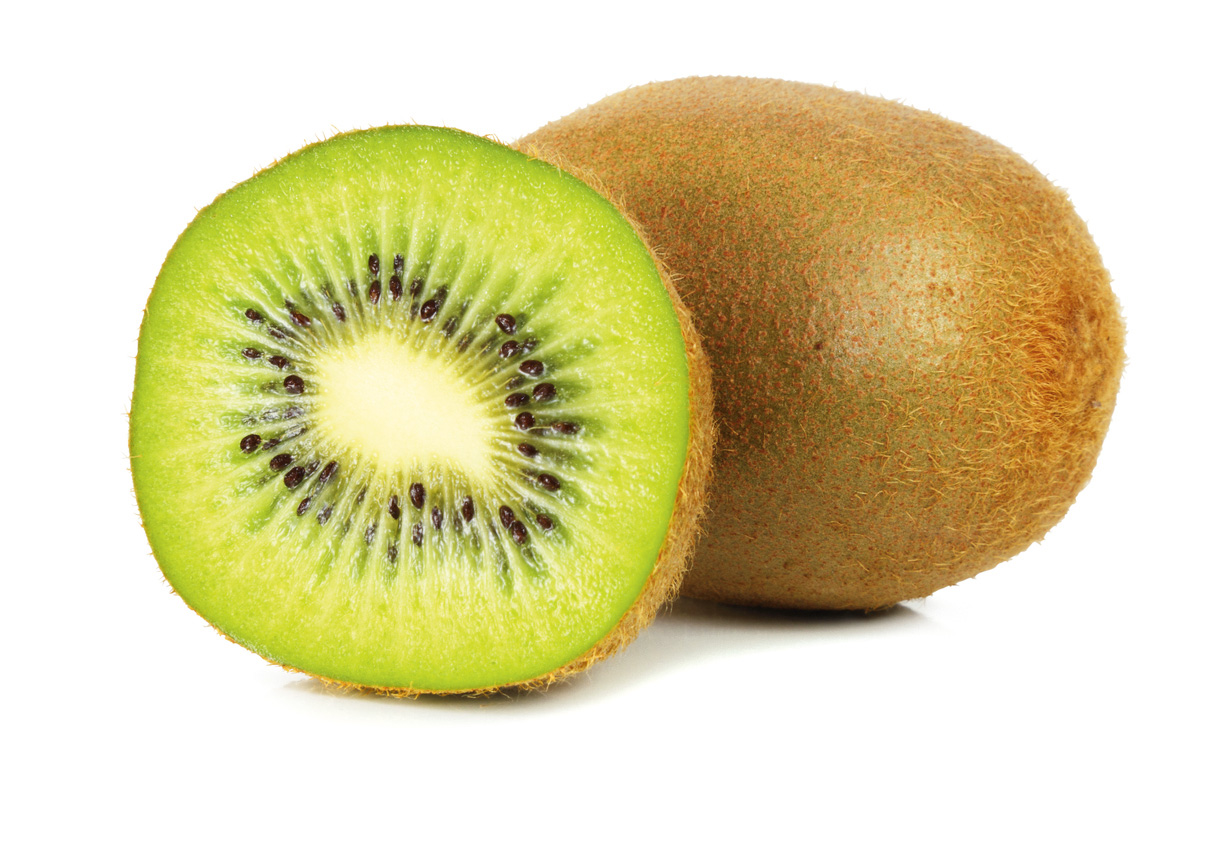Eating a more plant-based diet is good for the environment, as well as for your body
By Katrina Caruso
The new Canada food guide, released on January 22, leaves behind its predecessor’s four food groups: meat and alternatives, dairy and alternatives, fruits and vegetables, and grain products. The new recommendations fall in line with what is known as the “flexitarian diet,” a diet heavily based on plants, with grains and proteins making up the rest.
The flexitarian diet is like vegetarianism, except that meat and dairy are eaten in moderation. It can have a positive impact on your waistline and your overall health (it’s been shown to help with heart issues and diabetes), and it’s also considered the best way to combat food insecurity worldwide and environmental damage.
A group of 37 scientists have developed what they are calling the “planetary health diet,” a version of flexitarian eating with an emphasis on shopping local and seasonally, which they believe will allow us to feed 10 billion people (the estimated world population by 2050) while leaving a more positive environmental footprint. The scientists were brought together through the EAT-Lancet commission to find sustainable, healthful food recommendations.
The goal of the diet is to reduce greenhouse gas emissions, preserve water, and prevent animal extinction. Meat and dairy are the most harmful to the planet, with livestock accounting for over 14% of the world’s greenhouse gas emissions. For example, if you eat chicken 3–5 times a week, over an entire year, that adds up to about 284 kilograms (626 pounds) of greenhouse gas emissions, while the same amount of tofu has an annual impact of about 33 kilograms (73 pounds).
If you’d like to try this diet, here’s a guide:
– Focus on eating fruits and vegetables with every meal.
– Incorporate more protein from plants (nuts, seeds, lentils, beans, tofu, etc.)
– Incorporate grains and starchy vegetables. Grains should preferably be whole grains. Starchy vegetables include potatoes, parsnips, squash, corn, and peas.
– Limit red meat to once a week.
– Limit chicken, fish, and eggs to a couple of portions per week.
– Limit dairy to one portion per day, or switch to a plant-based dairy like coconut or almond milk.
– Sugar and oil can also be eaten in moderation on this diet. The best sources are natural sweeteners such as maple syrup and organic honey, and oils such as coconut oil and olive oil.
– Avoid processed foods as much as possible.
– Limit your salt intake; focus on other spices like to add flavour
If you’re the sort of person who likes to approach a new project via a book, you might like the 100 recipes in The Flexitarian Diet by registered dietician Dawn Jackson Blatner.
Photo: iStock/Lisovskaya.






